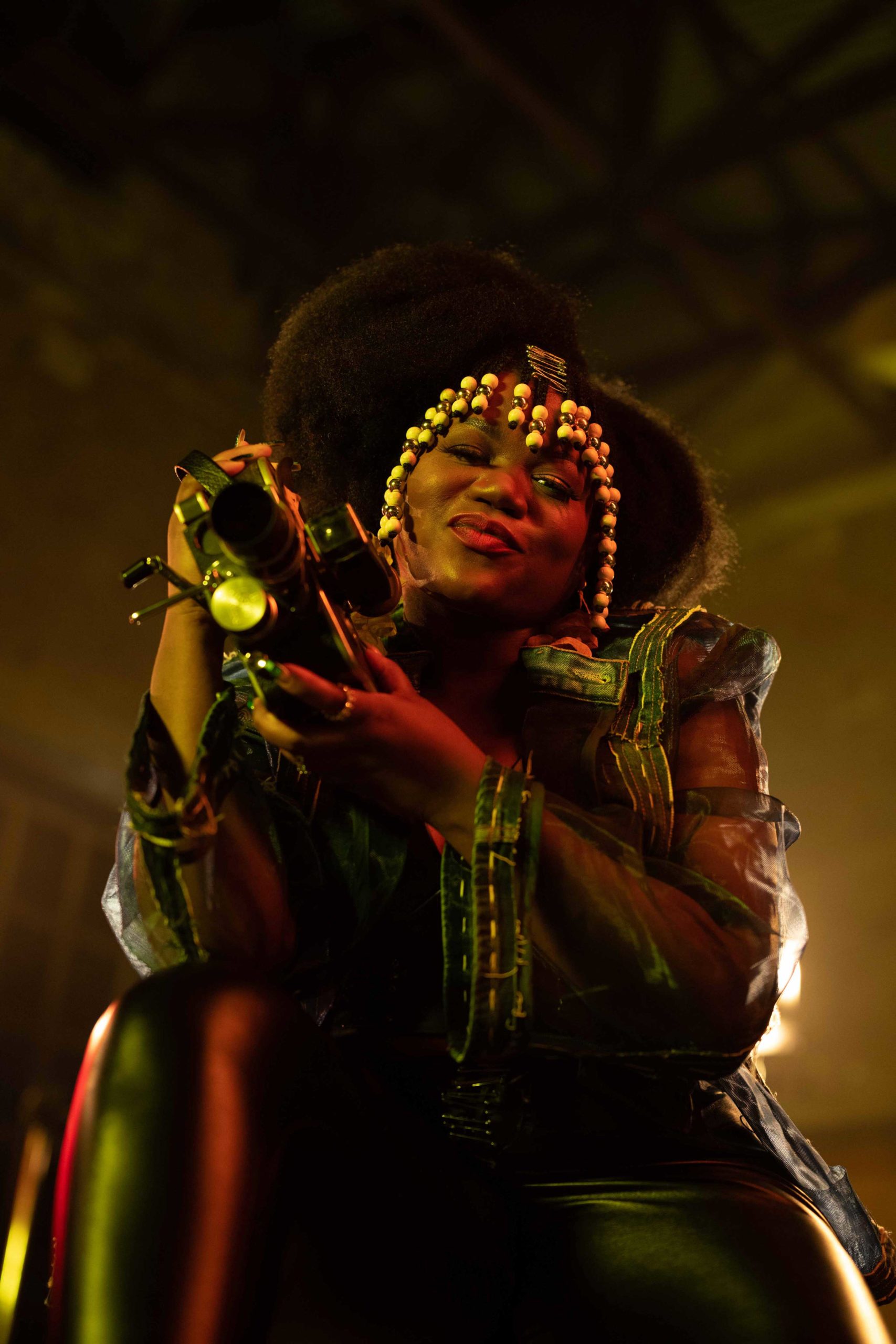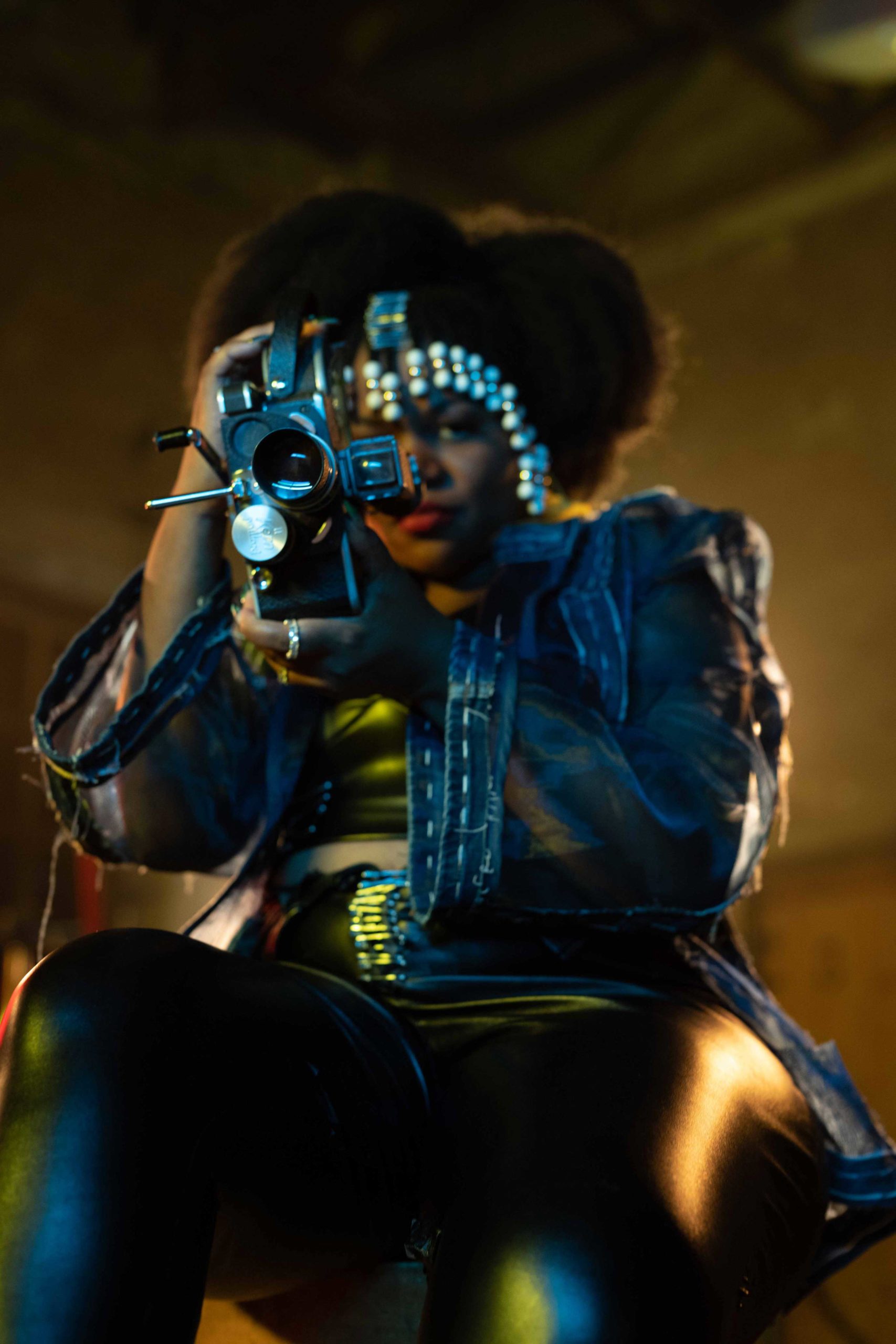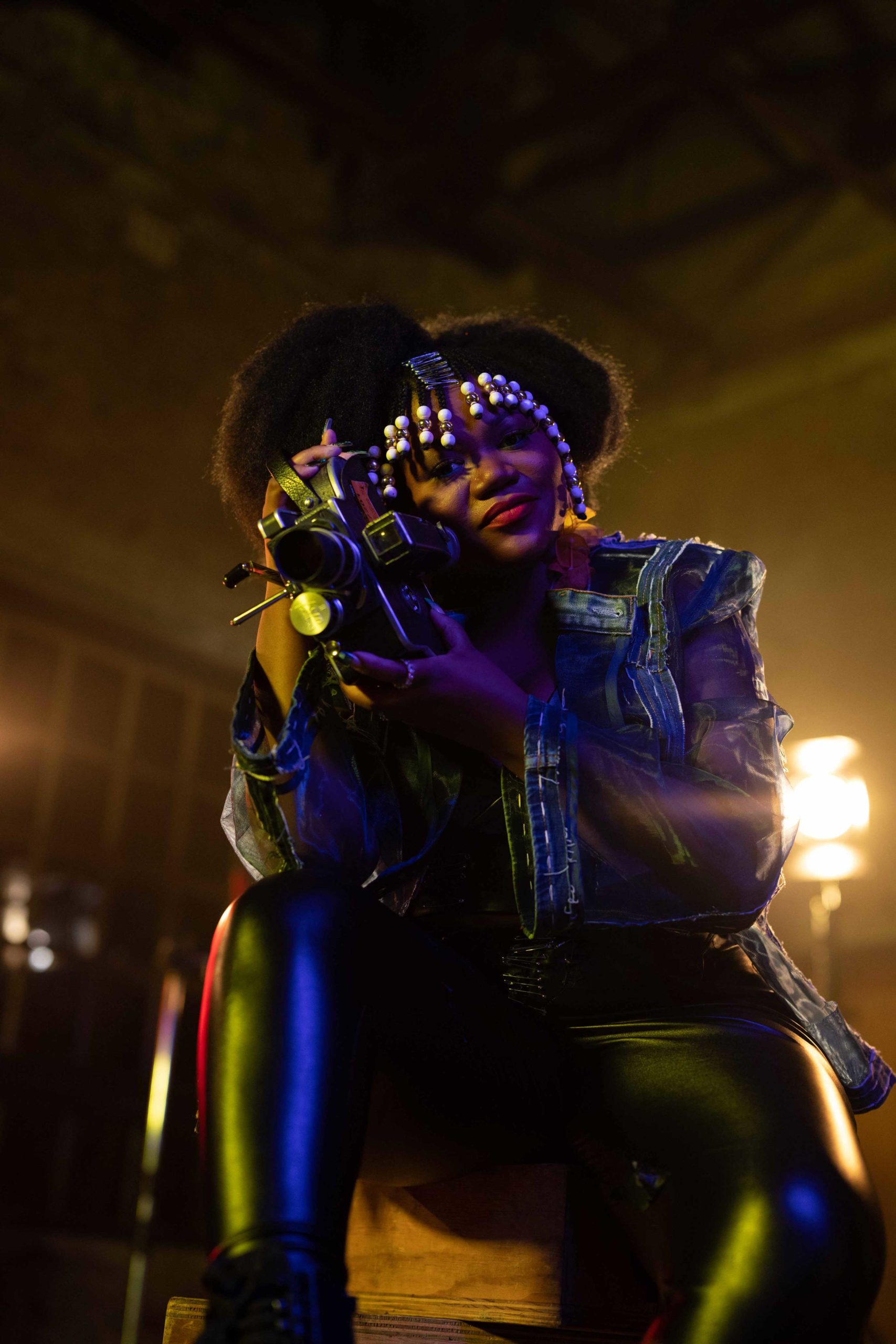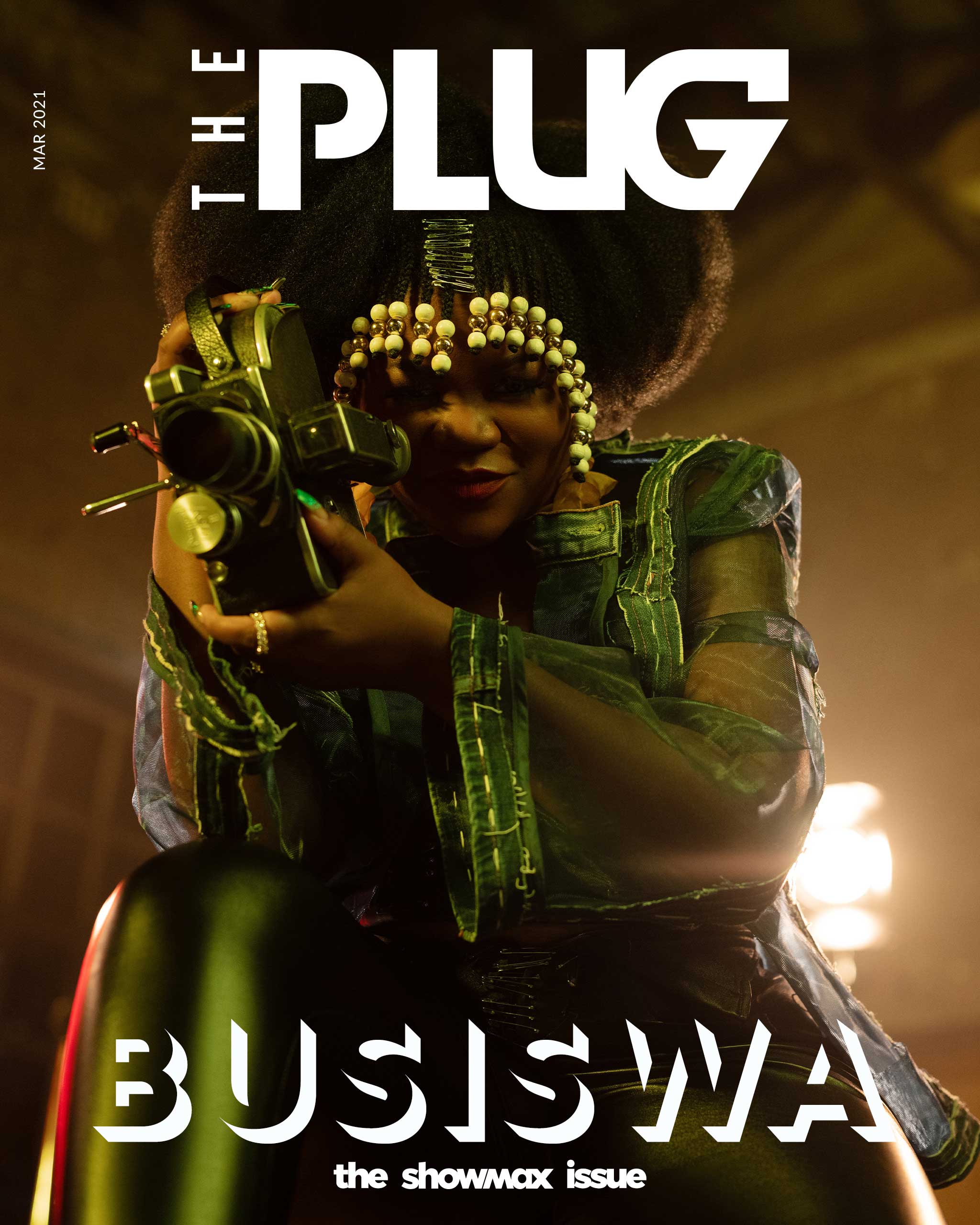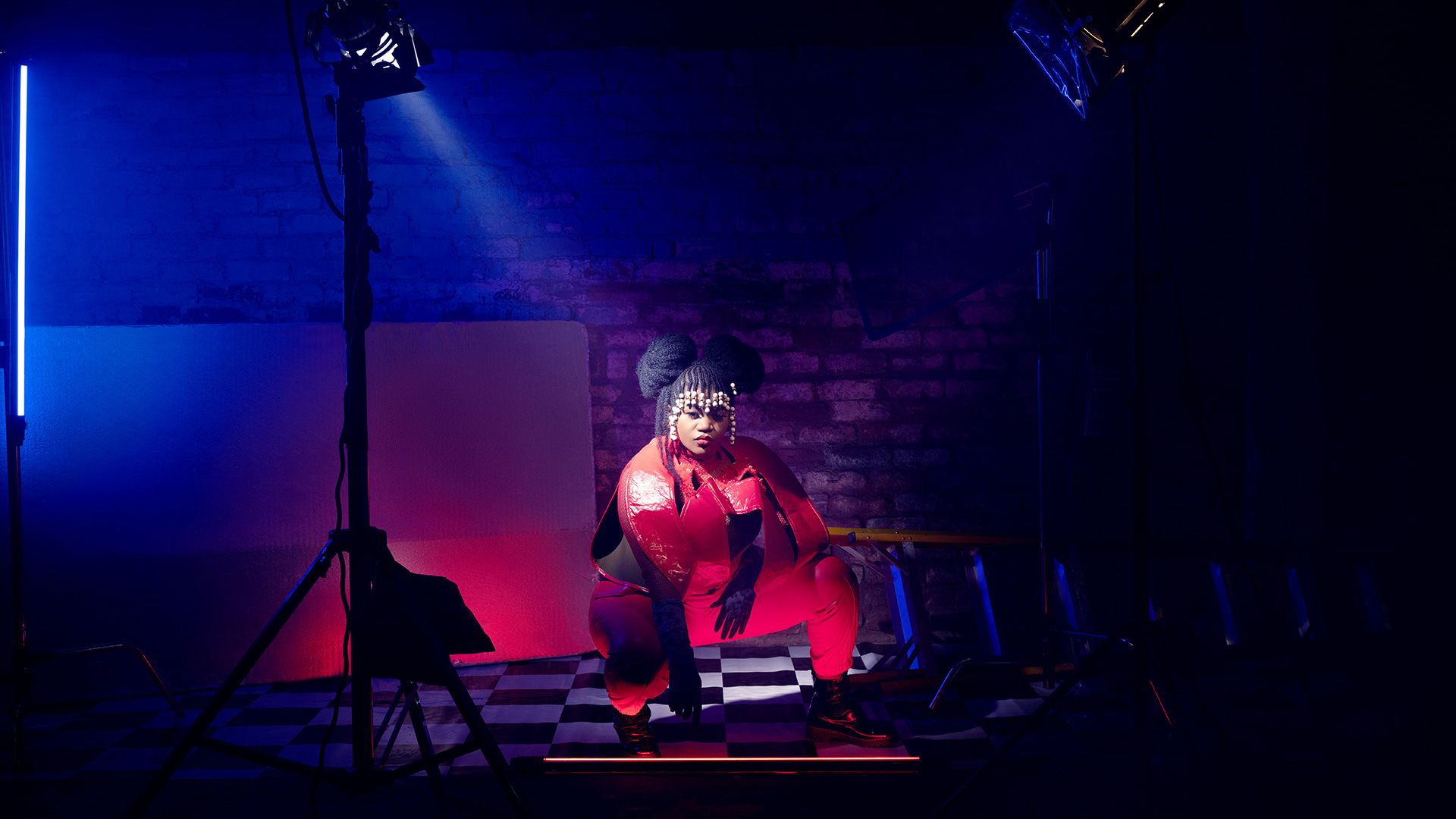

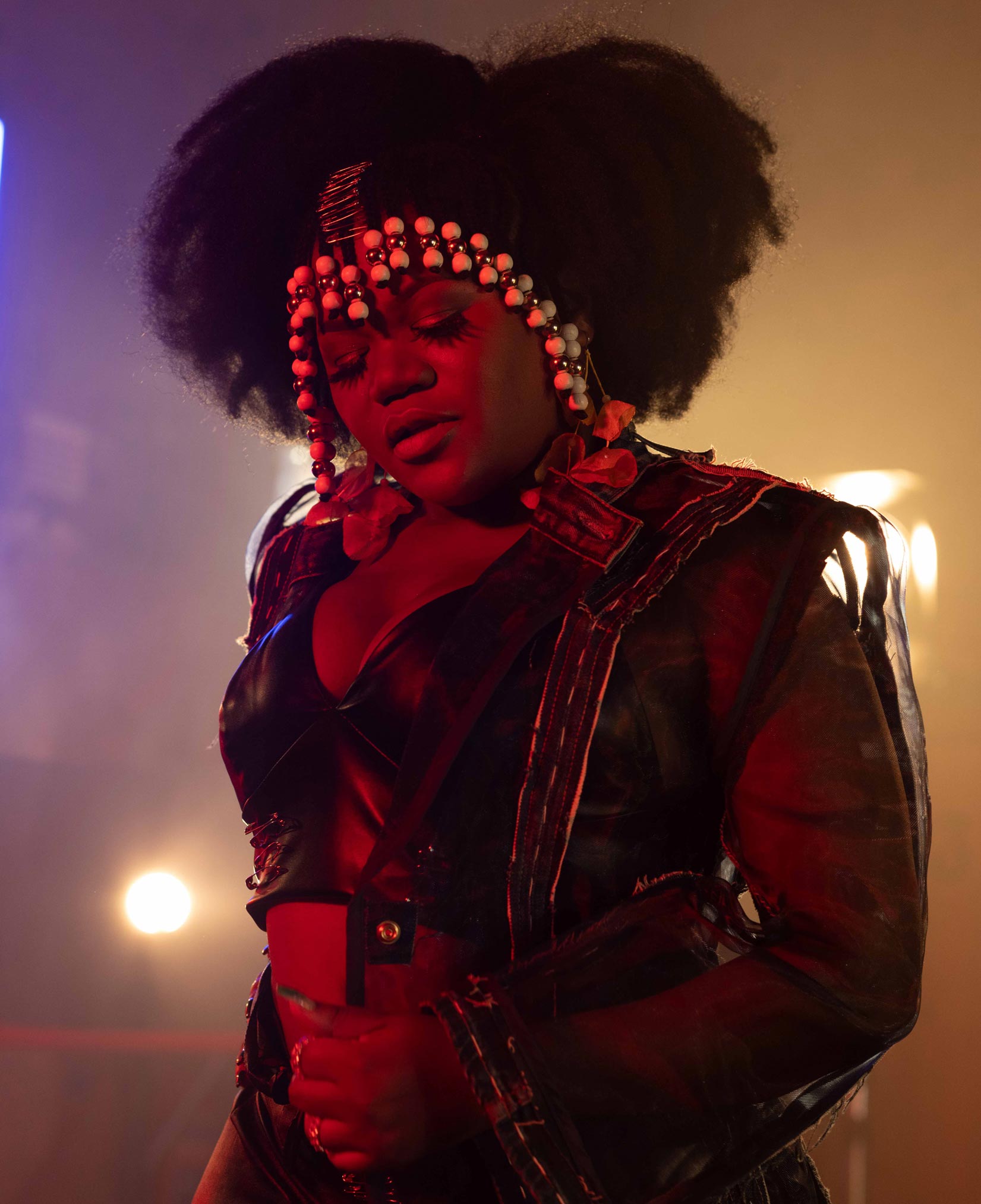
In her documentary, Busiswa: An Unbreakable Story, the “My Name Is” singer walks viewers through how she came to become the recording artist she is today. Throughout the 40-minute documentary, she narrates her origin story, dating back to her time as a schoolgirl only just coming into the power of her pen. What started as an interest in poetry has become a full-blown career with highlights that most artists can only ever dream of. “When I was growing up in Mthatha, I always knew I’m not really a small-town girl. I always knew that I need a ‘big city’ in my life. So when my dad came into my life and said that you now “can move to Durban with them,” I knew that – there was no doubt in my mind; and Durban was incredible, Durban was so good to me,” she explains.
An artist’s style and performance is marked by telltale signs of their artistic awakening. Before there as an international recording artist, there was a teenage girl who wandered into the poetry community of Durban. As a child, Busiswa could often be found writing or studying. She was as outgoing as she was academically gifted. However, that didn’t mean her childhood didn’t leave her feeling frustrated or needing an outlet. Her saving grace was her interest in writing; before ever performing her prose, in acknowledging that her sentiments exist by putting pen to paper.
“I actually first discovered that there are hip-hop sessions that happen at the BAT Center. So, in high school, we would go to the bus terminals and there would be hip-hop sessions. And then from there, you learn that there’s an art centre down the road where they actually do poetry sessions and a lot of other things, jazz freestyle sessions, you know all of those are things I took part in,” Busiswa recalls.
What is and is not rap, who is and is not an MC, often draws differences in opinions from artists, industry professionals and the general public. When a panel member of MTV Base Hottest MCs attempted to argue that she was a rapper, Busiswa took to Twitter in opposition of the comment. Expanding further on the engagement, she explains, “I say this all the time, I’m not a rapper. Just because you can cook, doesn’t mean you’re a chef. Just because you can dance, doesn’t mean you’re a ballerina. There’s rules, regimens, and it’s a game that is – it’s a game that’s all-encompassing and I’m not that. I’m a poet, that’s it.”
In all honesty, when thinking about her music, strip back the instrumental, the vocal performance itself and simply read the lyrics from time to time. It, quite literally, reads like poetry; sometimes jovial and at other times lamentatious. If it weren’t for the infectious nature of gqom, we’d probably be crying in the club. Busiswa’s My Side Of The Story of 2020 marks her third studio album release. There’s been interrogation over the past few years about the necessity, profitability, and viability of albums in the past ten years. The conversation has been heightened by the impact of COVID-19. In a world where the shelflife of an album can be as short as three months, is it still worthwhile for artists to put out full-length records? Add to this the reality of not being able to use the same promotional activities, go on tour, and perform at live events, the concept of releasing full-length projects during COVID lockdowns is equally concerning.
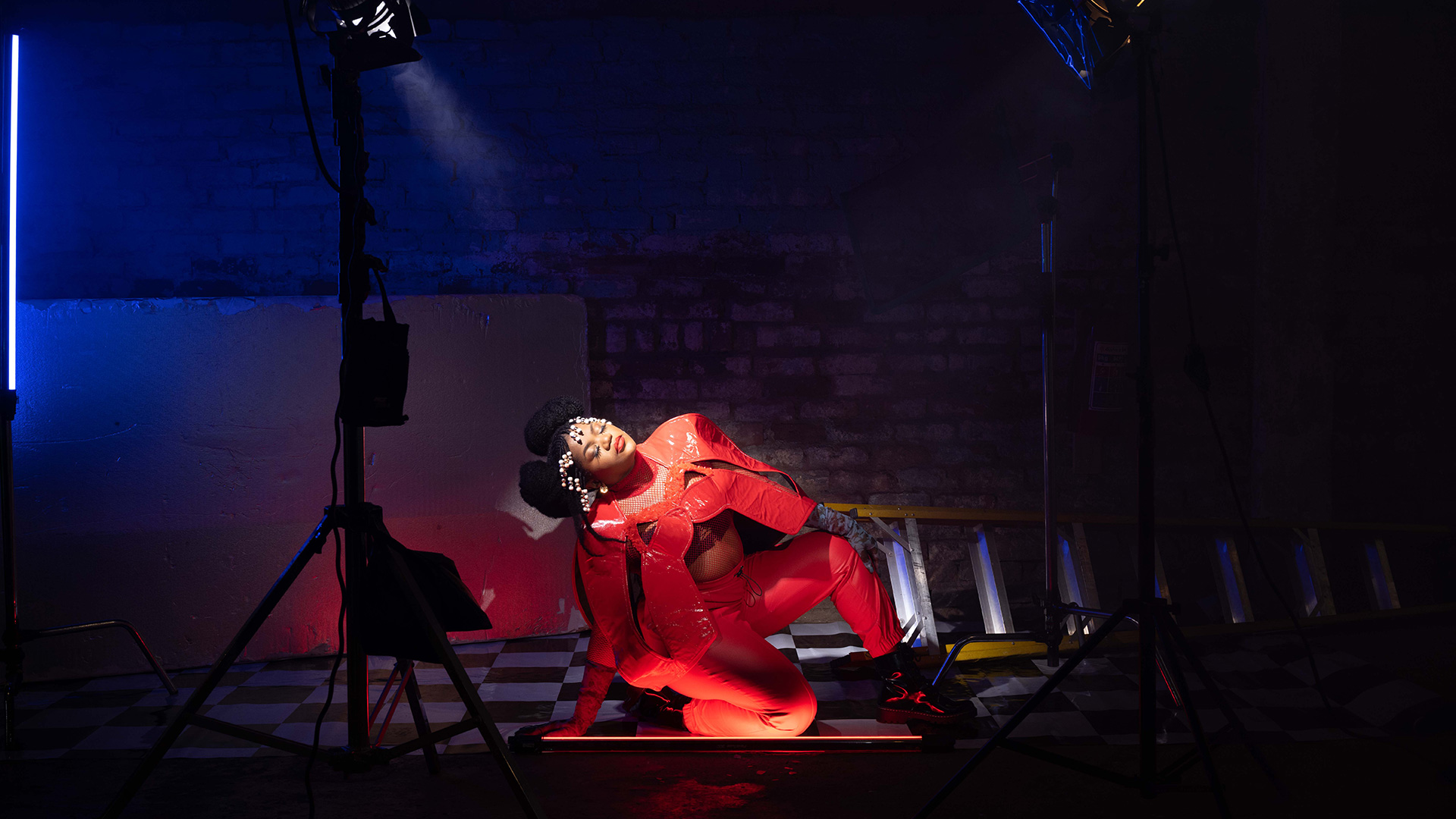
Nevertheless, even with all of the impediments that could deter the release of an album, Busiswa debuted her third studio album in 2020, My Side of the Story. Sporting 12-tracks, this November 2020 release is assisted by features from newer musicians in the amapiano and gqom space, as well as familiar names like those of DJ Maphorisa and Kabza De Small. With the lifetime of an album coming under scrutiny in the past few years Busiswa’s commitment to long format storytelling doesn’t just stop with her Showmax documentary.
“I think, you know, in terms of returns financially, albums are not as profitable as they used to be,” Busiswa explains. “But also, albums don’t cost as much as they used to cost. It doesn’t cost as much to put out an album, if you have a studio you can do that, you know. For me, an album is a full story as opposed to a single which is like a moment in time kind of thing. It’s like taking a picture as opposed to taking a video, you know. It’s like posting an Instagram picture as opposed to watching a series [or] a documentary, on Showmax.”
Storytelling is Busiswa’s proverbial bread and butter. Through music, she’s been rocking through stages and fellow musicians to tell every story from being played for a fool in a relationship, like “Ndim uHaha”, to motivational anthems, like Beyonce’s “My Power”. When Busiswa started out, she shared in her documentary that she barely had a place of her own. When she got the call from DJ Maphorisa she had no clue how she would make her way to Johannesburg, and today the world at large is her oyster.
On what she imagined of her future from the time she was starting out and still living in Durban, Busiswa couldn’t and didn’t imagine just how much fruit her success could yield. Yes, she imagined success, but “I just wanted to do what I love every single day and not have to do anything else. You know, now I understand that there’s a whole business side and that’s the difference, probably, in the girl that I am now to the girl that I was when I started. Other than that, I have received everything I ever prayed for. I aspire to be a blessing to others, and you know, anything that I achieve now is like an extra from what that girl wanted. It’s more and more and more from what that person wanted, because the things that I thought music could get me, music has gotten me a lot more.”
In addition to making music and producing a documentary, Busiswa has assumed the title of label executive with the announcement of Majesty Music Entertainment (MME). My Side Of The Story marks the first album release from the label. At the moment, she’s the only artist signed to MME, which for her, has everything to do with wanting to cultivate the structures of the label before bringing another artist into the organization. As a musician, the ultimate test of strength is in one’s ability to deliver an album and perform it. Of these two tests, Busiswa has proven her power time and time again. However, as a label executive, each business activity is a test in itself.
Busiswa’s rise to fame and celebrity status is no small feat. During her rise, and to this day, the vocalists on house songs often fall to the wayside, with little to no recognition. According to Busiswa, “the vocalist disappears and the producer or the DJ continues, and that’s what they’re remembered for. So, you need to be a beast about claiming your space and your stake and taking up space. You need to be extremely intentional about being recognized and about being heard, outside of just ‘i’m going to sing a song for you and give it to you so that,’ you know.”
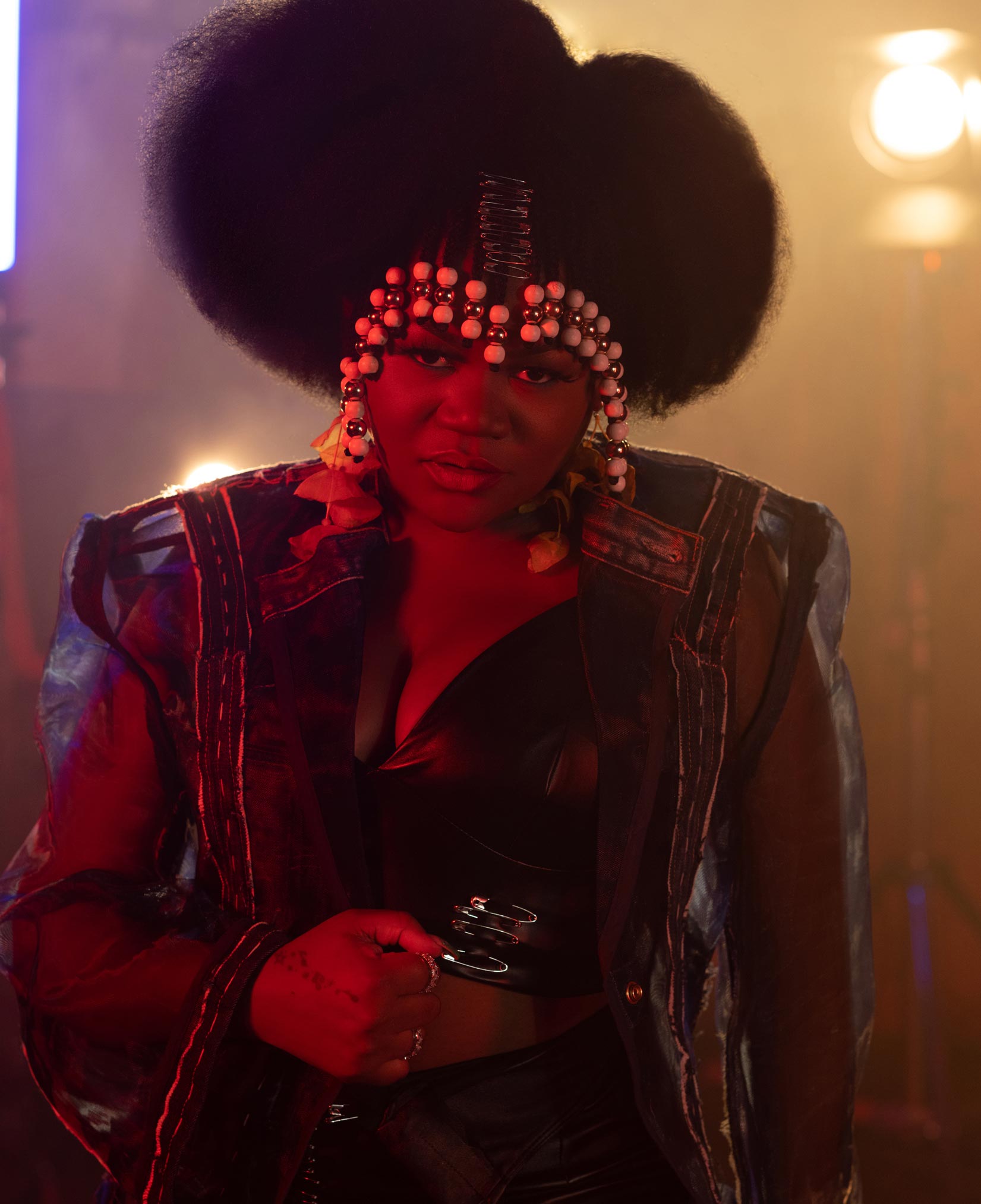
This was one of her motivating factors to get into the business of music through the development of Majesty Music Entertainment. She goes on to elaborate, “Outside of [a song], it’s like ‘Who am I as an artist? I also want to tour, I also want international stages, so how do I do that?’ I think like the ones who do go into the business of music are the ones who are actually stronger, or a lot more capable of handling and juggling different aspects of the music industry. Otherwise, I think signing to a label is much easier and much more solid in terms of the support structure. You only have to focus on making the music. Whereas when you go into the business you need to focus on a lot more things.”
As a young poet, Busiswa had just come into the power of poetic license. As a musician three albums in, with dozens of viral features, as producer of a Showmax documentary, and a record label owner and executive, Busiswa has made it a point to tell her story in full. To her, the work that she puts out today will be the evidence of her existence and power when she’s on the other side of life. Formulaically and intentionally building her legacy forms the cornerstone of where Busiswa is going with the direction of her career.
Perhaps we should have looked at her first hit song, “My Name Is”, as foreshadowing the hits to come. It should come as no surprise that a woman benevolently referred to as “her majesty, the queen” would be concerned with creating a legacy for her name and life’s work to be remembered throughout time. That’s at the core of any monarch, building a throne, occupying the space thereof, and extending the strength and power of their crown around the world. Like a monarch, through music, television, and film, Busiswa, musician and owner of Majesty Music Entertainment, is doing just that.
